Paramètres des cookies
En cliquant sur "Accepter tous les cookies", vous acceptez que des cookies soient stockés sur votre appareil afin d'améliorer la navigation sur le site, d'analyser l'utilisation du site et de nous aider dans nos efforts de marketing. Plus d'informations
Paramètres des cookies
En cliquant sur "Accepter tous les cookies", vous acceptez que des cookies soient stockés sur votre appareil afin d'améliorer la navigation sur le site, d'analyser l'utilisation du site et de nous aider dans nos efforts de marketing. Plus d'informations



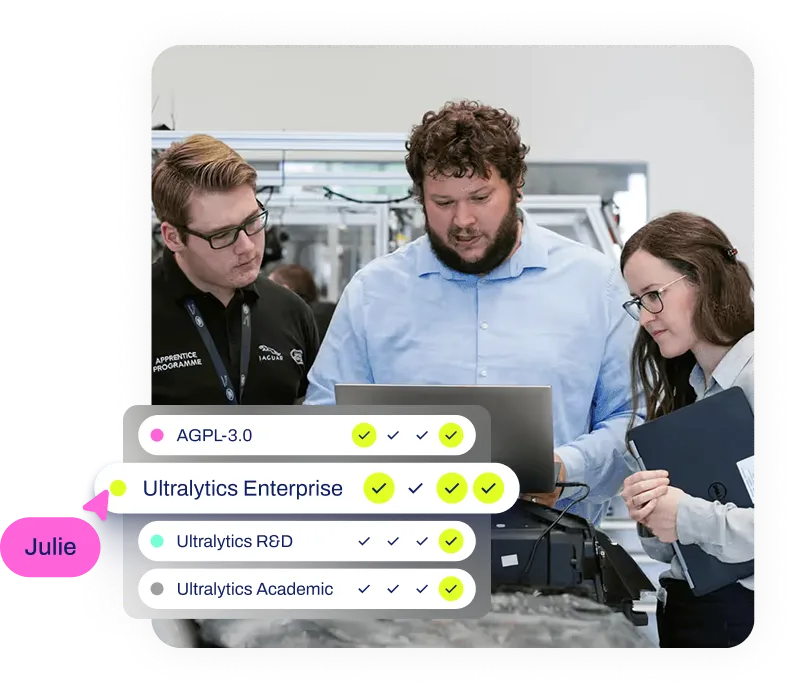
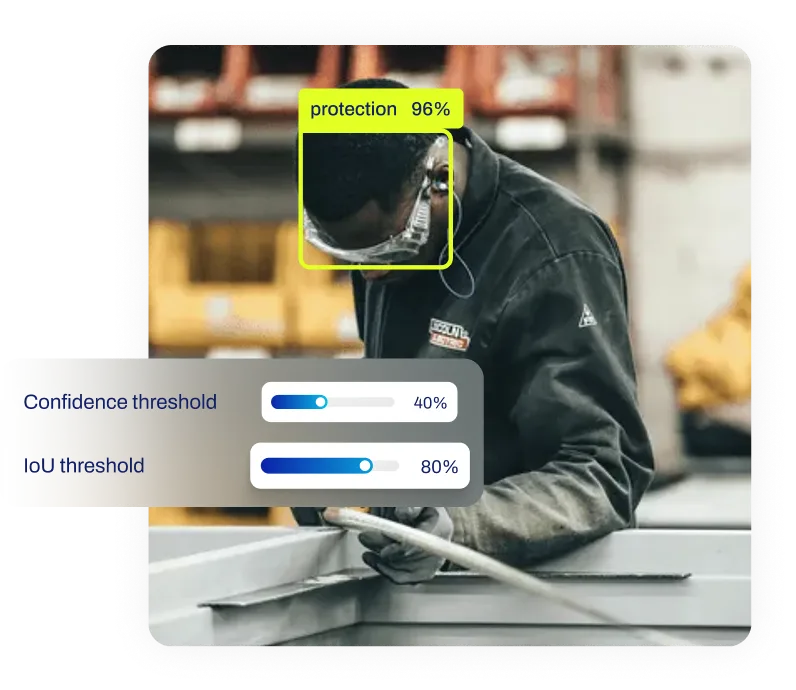
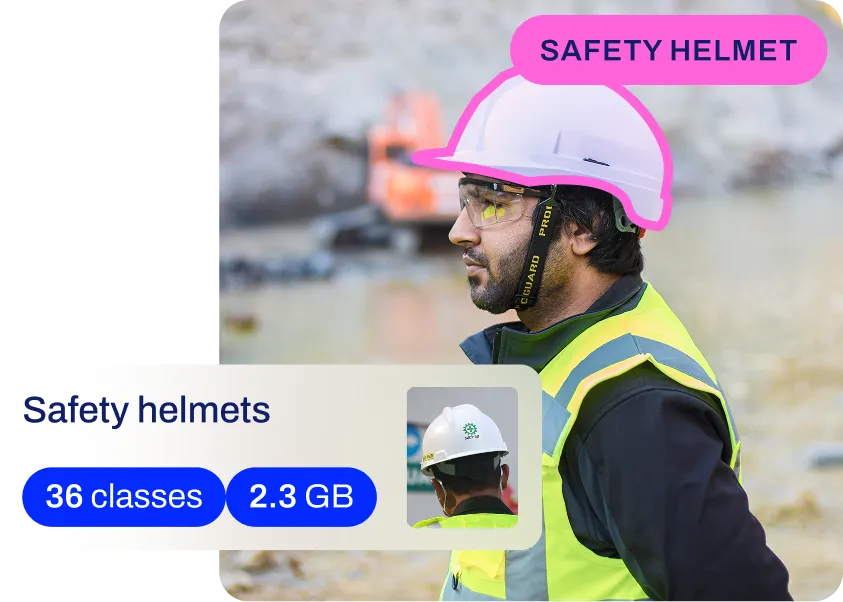
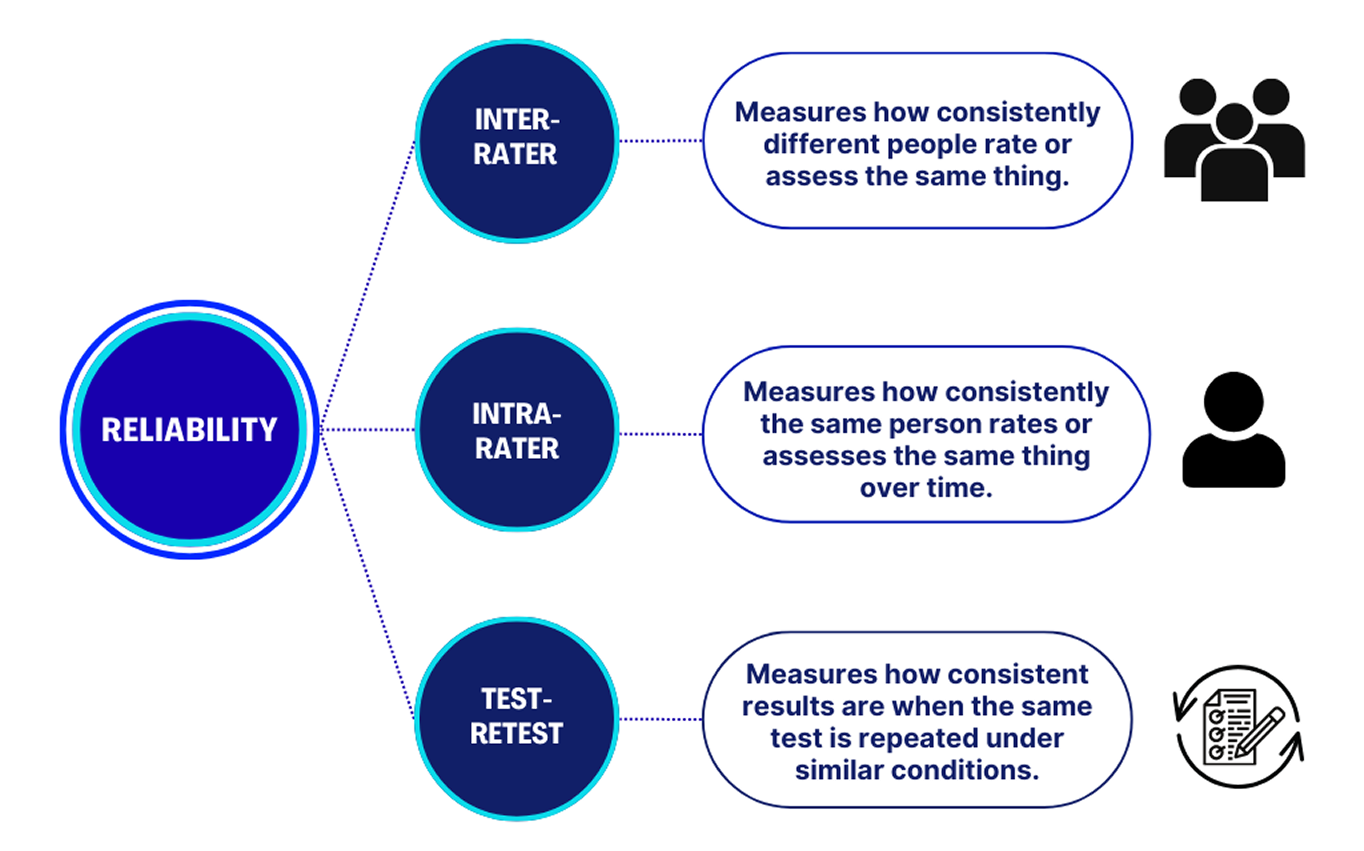
.webp)
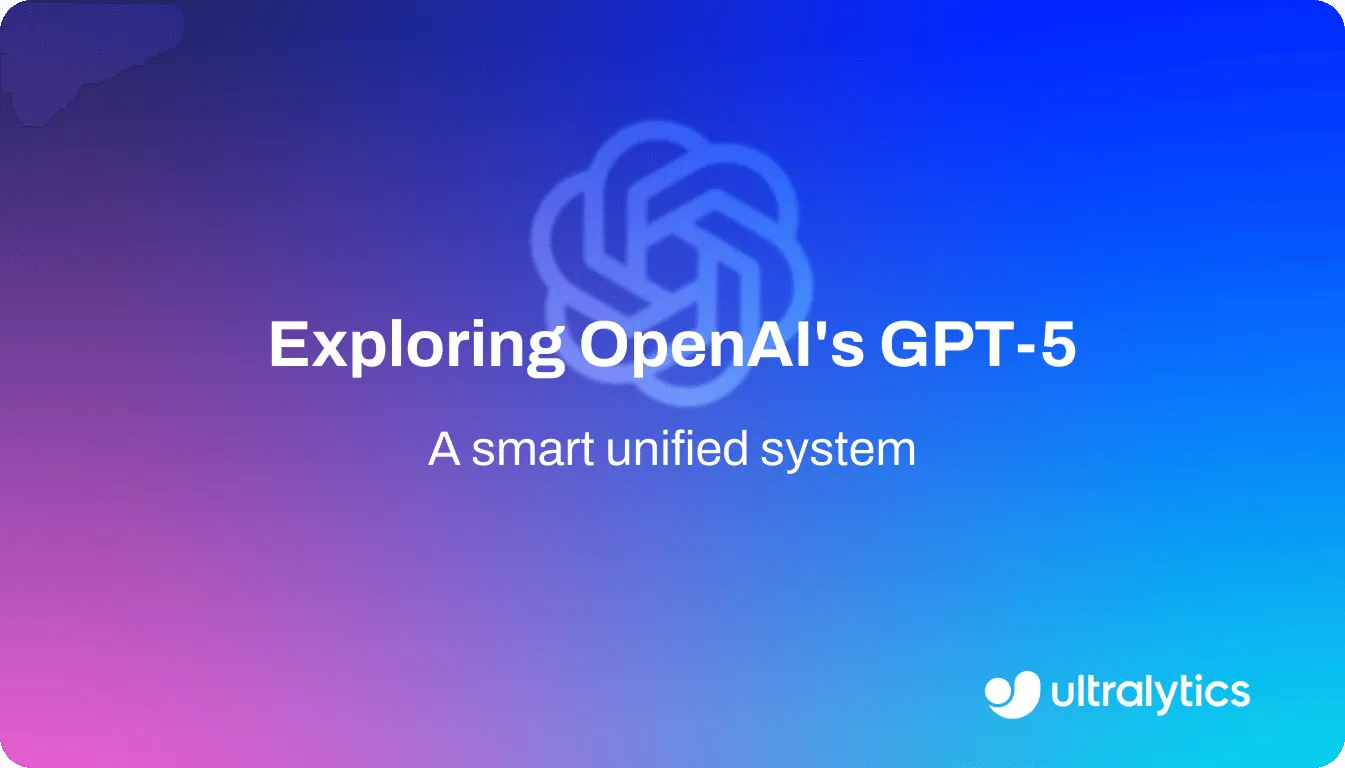
Comment fonctionnent les transformateurs
Contrairement aux modèles séquentiels tels que les réseaux neuronaux récurrents (RNN), les transformateurs traitent des séquences entières de données en une seule fois. L'idée de base est de traiter tous les éléments en parallèle, ce qui accélère considérablement la formation sur du matériel moderne comme les GPU.
Pour comprendre l'ordre de la séquence sans récurrence, les transformateurs utilisent une technique appelée codage positionnel, qui ajoute des informations sur la position de chaque élément (par exemple, un mot dans une phrase) à son intégration. Les couches d'auto-attention traitent ensuite ces encastrements, ce qui permet à chaque élément de "regarder" tous les autres éléments de la séquence et de déterminer ceux qui sont les plus pertinents pour comprendre sa signification. Cette connaissance globale du contexte est un avantage majeur pour les tâches complexes. Des frameworks tels que PyTorch et TensorFlow offrent un support étendu pour la construction de modèles basés sur des transformateurs.